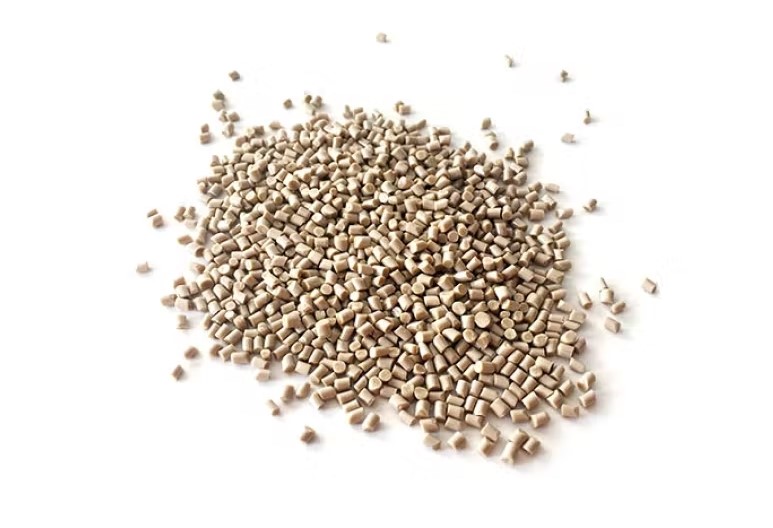Plastic Raw Material
Wha is the Plastic Material Basic Concepts?

In this series of articles, we will explain the characteristics and differences of the five plastic materials used in common plastic products, namely PP, PS, ABS, PA and PC materials. Or someone who is interested in plastic materials can help.
Before understanding the characteristics of various materials, you need to understand the following two basic concepts:
1. What are "thermosetting plastics" and "thermoplastics"?
2. What are "crystalline raw materials" and "amorphous raw materials"?
1. Thermosetting plastics vs thermoplastics
Plastics can be divided into "thermoplastics" and "thermosetting plastics". Simply put, thermosetting plastics are plastics that need to be heated to cure during processing. Thermoplastics are plastics that melt when heated. Thermosetting plastic is to mix liquid A plastic and B plastic at the same time and inject it into the mold. After moderate heating to cause cross-linking reaction, the short molecular chain will be transformed into a network-like three-dimensional structure. Thermosetting plastics are plastics that harden when heated, such as FRP bathtubs or melamine tableware. The advantages of thermosetting plastics are: high heat resistance and weather resistance, but the disadvantage is that it is not easy to recycle and reuse.
As for thermoplastics, solid plastic particles are heated and injected into the mold after the plastic is melted. Then, the finished product is completed after it is cooled and solidified. The advantage of thermoplastics is that the product can be recycled after being heated. The disadvantage is that it is not heat-resistant, such as common PE milk bottles or PET bottles, which may be deformed when exposed to high temperatures.
Thermoplastics can be divided into two types according to their functions:
1. Universal plastic
2. Engineering plastics
3. Elastomer
4. Glue
1. Common general-purpose plastics are:
PE, PP, PS, PVC, ABS, PMMA, etc.
2. Engineering plastics:
[Universal engineering plastics] PA, POM, PBT, PC, etc.
【High-performance engineering plastics】PPS, PEEK, PAR, etc.
3. Elastic body:
TPU, TPS, etc.
4. Glue:
Combination of PC/ABS, PA/PP and other two plastics
2. Crystalline raw materials vs non-crystalline raw materials
Since plastic is a polymer with a monomeric molecular chain structure, when these molecular chains are polymerized, they will produce "crystallization" or "non-crystallization" according to the structure and characteristics of the molecular chains. The so-called "crystallized" raw materials refer to the tight and regular aggregation of molecular chains. On the other hand, "non-crystallized" raw materials have a relatively irregular arrangement of molecular chains.
The difference in crystallization will affect the properties of plastics. Crystalline raw materials have better tensile strength, heat resistance and chemical resistance, while non-crystalline raw materials have better impact strength and dimensional stability, and are easier to surface process. The above is the basic classification of plastics.
